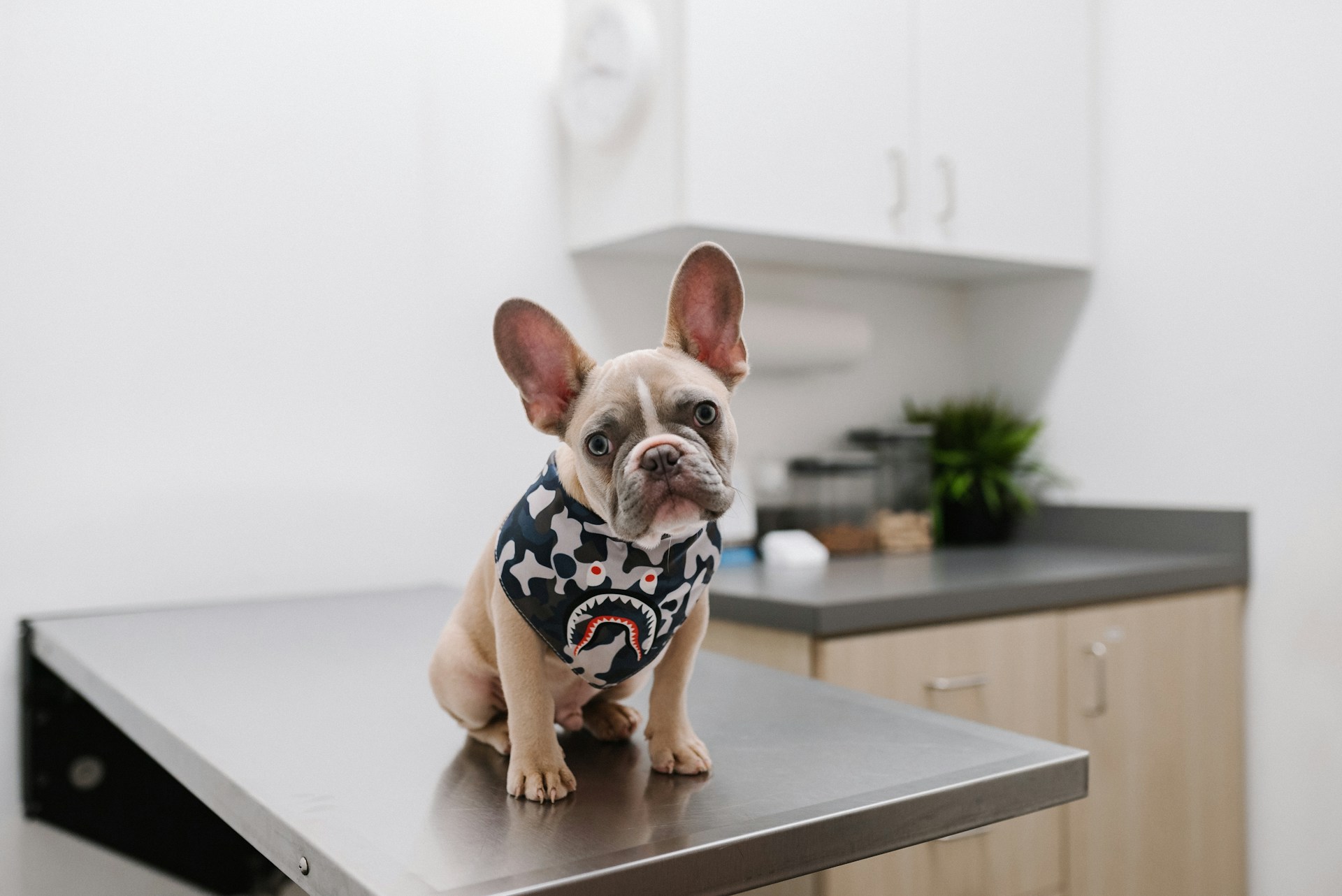
16 Feb The Importance of Dental X-Rays for Pets
Dental X-rays, also known as dental radiographs, play a crucial role in veterinary dentistry. Indeed, a thorough evaluation of the oral cavity is only feasible with intra-oral dental radiographs or more advanced imaging called cone-beam CT imaging. The latter is often referred to as a ‘panoramic’ by some human dentists.
Dental X-Rays vs. Radiographs
Before discussing the benefits of X-rays, I would like to explain related terminology. The term x-ray refers to a beam of radiation that creates an image. A radiograph is the result of the beam onto an imaging plate. For the remainder of the blog, dental X-rays will be referred to as dental radiographs.
8 Benefits of Dental Radiographs for Pets
Teeth are a unique organ. They are not simply for eating but for grooming, social interaction, and play functions. Each species has teeth designed to optimize nutrition for their body. Carnivores have sharp, pointed cusps for ripping and shearing, while herbivores and some omnivores have flattened tooth cusps designed for grinding foodstuffs.
Dogs typically are born with 42 teeth, and cats have 30 teeth. It is vital to evaluate each tooth in detail. Approximately 60% of the tooth structure remains below the gum line, leaving only 40% of the tooth available for evaluation without imaging. It is simply below the standard of care to provide dental care without full mouth imaging. The benefits of intraoral dental radiographs (not to be confused with skull radiographs) are listed below.
1. Detecting Hidden Dental Issues
Dental radiographs often reveal dental problems that may not be apparent during a routine visual examination. Dental radiographs assist in identifying issues such as hidden cavities, tooth structure abnormalities, root infections, tooth fractures, non-vital (dead) teeth, tooth resorption, fractures, and oral cancer, among others.
2. Comprehensive Oral Health Assessment
Dental radiographs provide a comprehensive view of the oral cavity, including the teeth and surrounding structures. Dental radiographs allow veterinarians to assess the patient’s overall dental health along with an anesthetized oral exam to make informed decisions regarding treatment plans.
3. Early Detection of Problems
Dental radiographs enable early detection of dental pathology before they become severe or painful for the patient. Identifying problems early in life allows for more effective and less invasive treatment options, improving prognosis for optimal oral health.
4. Guidance for Dental Procedures
Before performing dental procedures such as extractions or root canal therapy, veterinarians rely on dental radiographs to plan and guide their interventions. This ensures a more accurate and successful outcome.
5. Monitoring Disease Progression
For patients with chronic periodontal disease or a predisposition for specific dental pathologies such as tooth resorption and caries, full mouth dental radiographs combined with a dental cleaning on an annual basis help monitor the progression of the disease and adjust treatment plans accordingly. This is particularly important for conditions such as periodontal disease, where ongoing management is necessary.
6. Evaluation of Tooth Development
Dental radiographs are valuable for assessing the development of teeth, especially in young animals. Occasionally teeth may develop abnormally or become impacted due to a lack of normal eruption. Intraoral imaging assists veterinarians in identifying any abnormalities or issues that may affect the patient’s oral health as they develop.
7. Assessment of Oral Tumors or Lesions
Dental radiographs are instrumental in detecting oral tumors, cysts, or other abnormal growths within the oral cavity. Early identification of such issues allows for timely intervention and improves the chances of successful treatment.
8. Educating Pet Owners
Dental radiographs educate pet owners about their pet’s oral health. Showing radiographic images can help owners understand the importance of dental care and specific treatments to maintain their pet’s overall health.
Veterinary Dentist in Colorado Springs
In summary, full-mouth dental radiographs are an indispensable tool in veterinary dentistry, aiding in the early diagnosis and effective management of various oral health issues in pets. Consistent, routine care contributes to maintaining animals’ overall health and comfort throughout their lives. If you have any concerns about your pet’s dental health, contact us today to schedule an appointment with a board-certified veterinary dentist.
Images used under creative commons license – commercial use (2/16/2024). Photo by Karsten Winegeart on Unsplash

